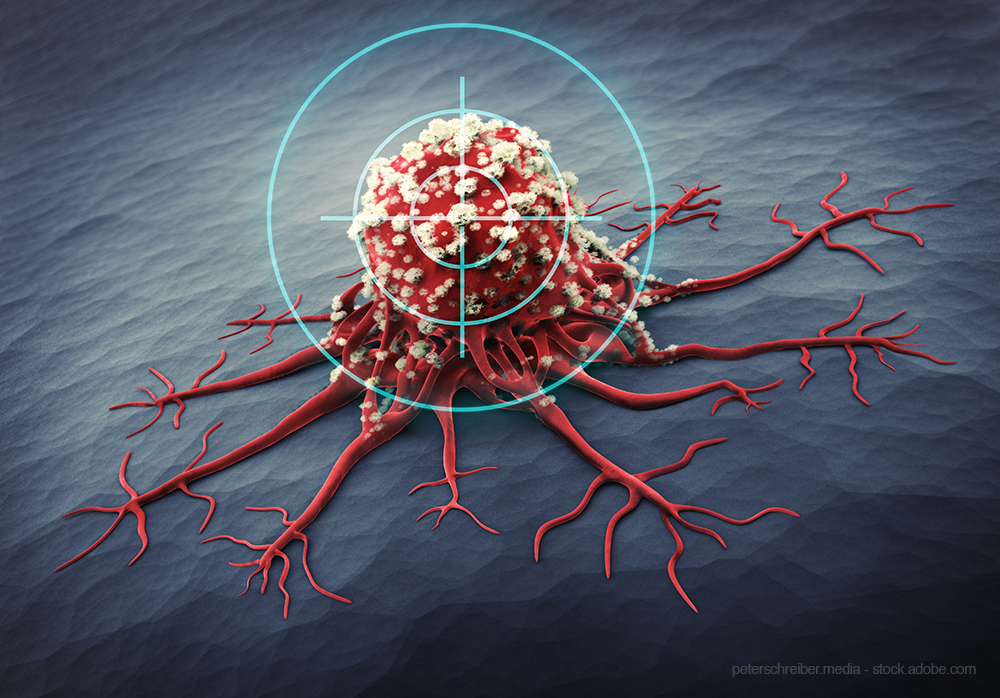Corticosteroids: Cancer Treatment or Not?
A surprising look at glucocorticoids and their role in oncology care.

Tackling cancer is a complex undertaking in a world where the treatment options can be as diverse as its respective patient populations. The current climate of cancer treatment has reached an unprecedented level of precision, but one drug commonly used in cancer treatment challenges the concept of specificity-corticosteroids.
Known for its numerous mechanisms of action and seemingly infinite therapeutic uses, it still remains a mainstay in variety of cancer treatments.
In particular, one class of corticosteroids, known as glucocorticoids (GCs), is routinely used to help counter some of the side effects of chemotherapy and help shield healthy tissues in the body from the deleterious effects of chemotherapy.
GCs work through a variety of mechanisms; perhaps, the most famous of which is their ability to alter/regulate expression of certain proteins by binding the glucocorticoid receptor (GR). After GC binds the GR, the GC-GR complex is then transported to the cell’s nucleus, where the complex then works to alter the transcription of certain genes.
GCs have proven particularly effective in treating solid tumors, and doctors regularly use GCs in their arsenal of cancer-fighting tools in conjunction with chemotherapy, surgery, radiotherapy, and hormonal therapy. In fact, the ability of GCs to modulate gene transcription and other mechanism of action make corticosteroids an excellent choice to treat solid tumors, such as those of the breast, prostate, colon, and lung.
Related article: Solid Tumors: What Pharmacists Need to Know
The ability of GCs to induce apoptosis in hematological cells makes them an attractive agent for use in cancers of the blood such as chronic lymphoblastic leukemia, chronic lymphoblastic leukemia, non-Hodgkin’s and Hodgkin’s lymphoma, and multiple myeloma.
That said, a lesser-known mechanism by which GCs help fight cancer is through their angiostatic properties. Growing tumors require a robust blood supply the cancerous cells with vital nutrients they need to proliferate. Cancerous and cancer-associated cells such as tumor-associated fibroblasts (CAFs) and tumor-associated macrophages (TAMs) are two examples of cells that secrete a variety of factors that promote angiogenic factors to endothelial cells.
The human body has natural homeostatic mechanisms in place to ensure and promote pro- and anti-angiogenic activities remains in balance. Tipping the scales in either direction results in pathological manifestations. For instance, inadequate angiogenesis results in chronic wounds of ischemic nature, while excessive angiogenic activity can lead to disorders such as rheumatoid arthritis, ocular disorders, and cancer.
Cancer and cancer-associated cells (e.g., cancer-associated fibroblasts and tumor-associated macrophages with an inadequate blood supply are unable to replicate and spread the disease.
Yet, as with any drug, those benefits do not come devoid of risk. GC therapy has been linked to various mechanisms known to negate the effects of cancer therapy, which includes activities such as promoting resistance to chemotherapy and shielding cells from apoptosis. These two pro-cancerous mechanisms present/are a stark contrast to the drugs’ cancer-fighting activities in hematological malignancies.